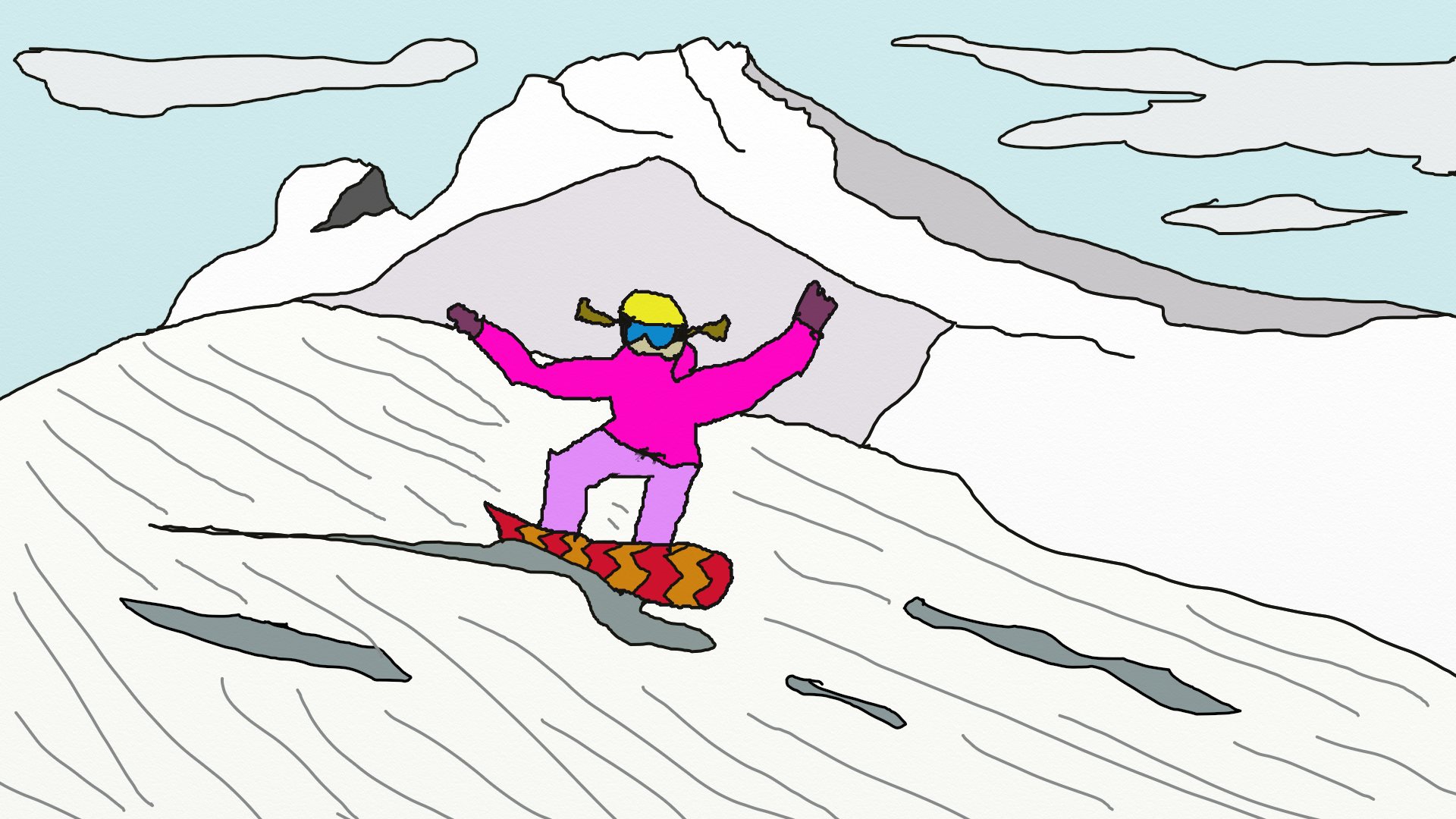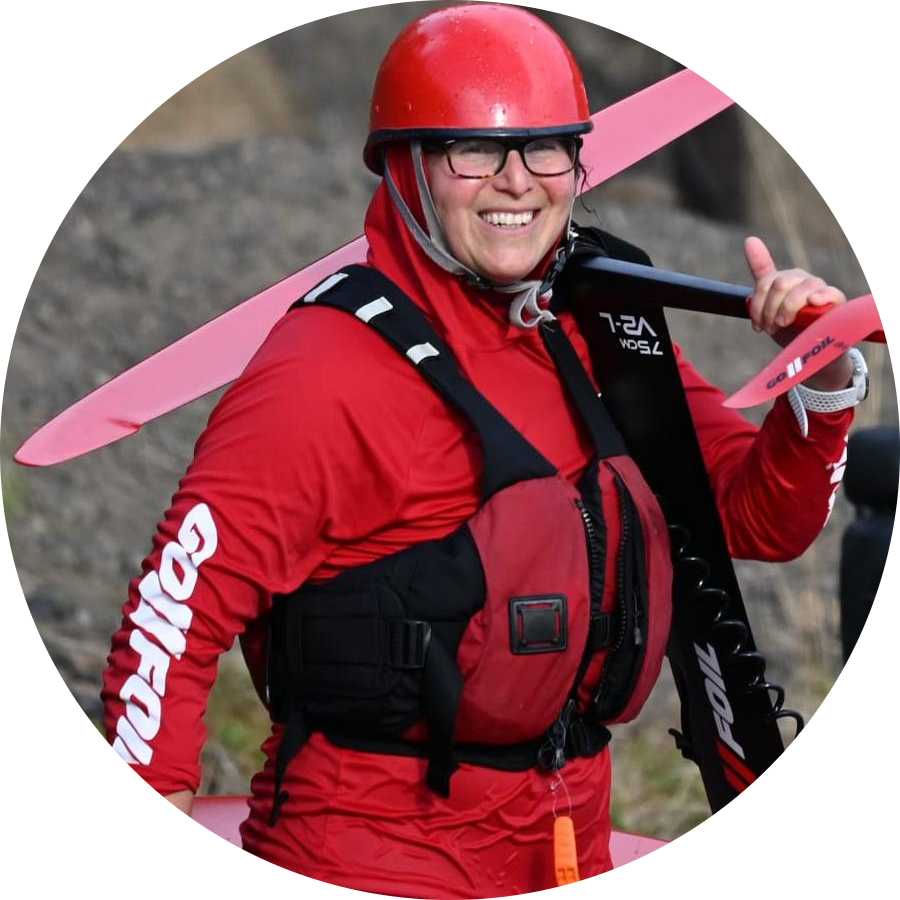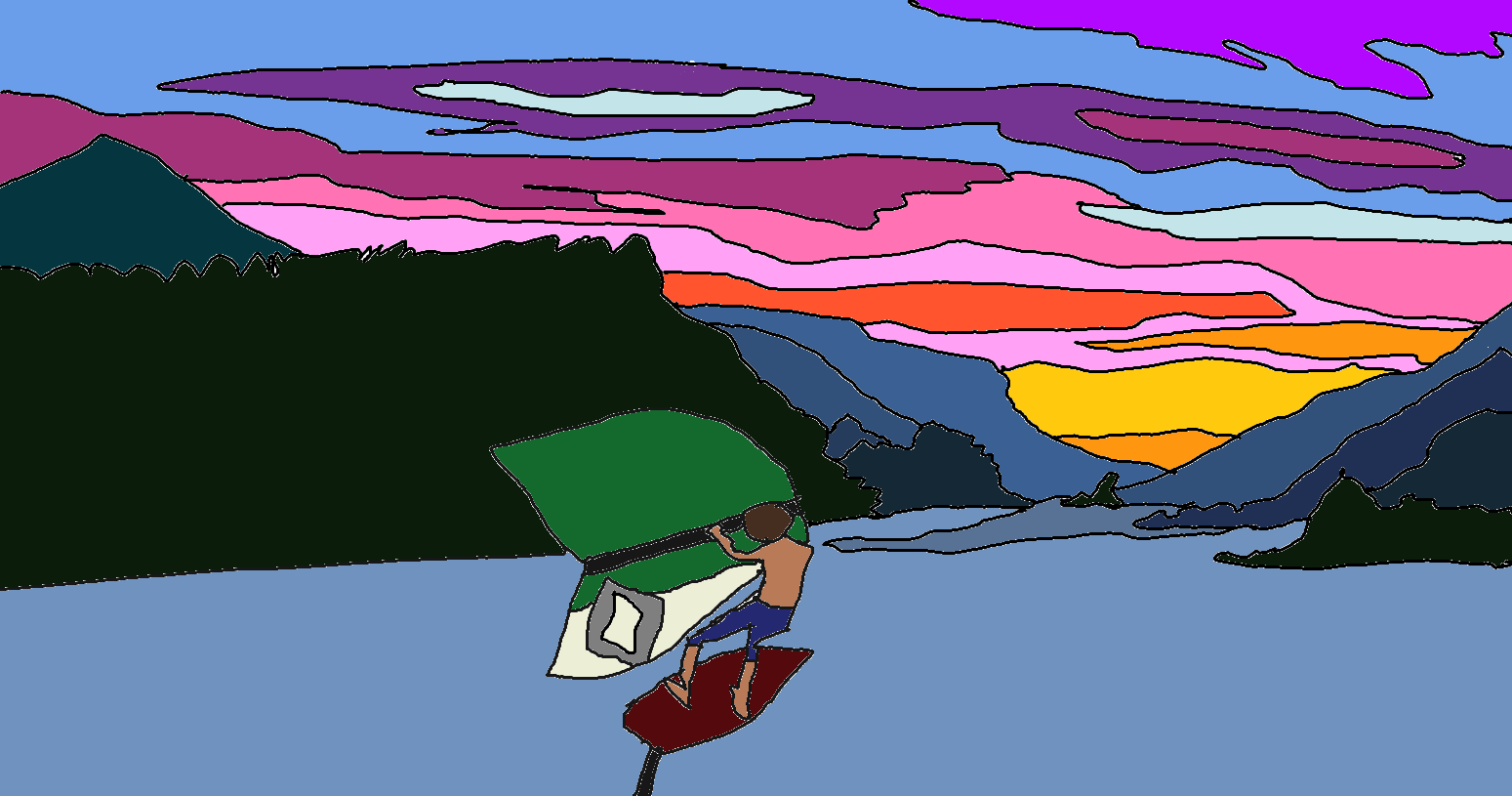It’s time for my annual prediction for Mt. Hood for this upcoming ski season. Putting forth a winter prediction is an unenviable task that falls on the shoulders of all forecasters. Never mind that creating such a forecast involves taking into account the current El Nino Southern Oscillation phase (ENSO) along with the current phase of the Pacific Decadal Oscillation (PDO). In case you’re bewildered already, these measurements involve the sea surface temperature at various places at various points in time.
The ENSO can be further broken down into El Nino, La Nina and Neutral, with the El Nino and La Nina broken down further into weak, moderate and strong categories, or simply into sea surface temp (SST) variation, if you’d like nearly endless possibilities. The PDO is broken down into a Warm phase and a Cold phase (with caps, because I like caps). So, let’s count: minimum three possibilities for ENSO and two for PDO, but really seven for ENSO and two for PDO.
When attempting to predict the winter weather, it’s a good idea to match the current year to prior ENSO and PDO phases because those two have a big influence on winter weather. However, we haven’t been tracking these things all that long, statistically speaking, so it’s entire possible that we could be wrong about what correlates with what!
In other words, this forecast isn’t quite complete bullshit, but it’s close.*
(*with the exception of La Nina years, which do tend to correlate rather well with cold, wet, snowy winters)
We’re currently in a warm phase of the PDO, with sea surface temps of +1.53 where they measure these things. Models are predicting we’ll spend the winter in ENSO neutral, or very weak La Nina (cold). SSTs for the ENSO are currently mixed, with some a little above average and some a wee bit below.
So, if nothing changes, we’ll spend the winter in quite a warm PDO phase and a neutral ENSO phase. This forecast, which really isn’t reliable or valid, statistically speaking, only applies if the PDO and ENSO phases don’t change.
There are six ski seasons that roughly correspond to this arrangement (small sample size, my friends. Much error is possible here): 1981-1982, 1985-1986, 1996-1997, 2001-2002, 2003-2004. That’s five. I guess I lied. There are FIVE past relatively recent seasons with warm PDO and neutral ENSO.
Except for 1985-1986, these seasons were all good. Let’s dispense with that year by saying that it started out early, with 60” by December 1st, and then not much happened until February, when the snowpack made it to about 120”. The rest of the seasons had a solid snowpack (50”+) by December 1st, and they were all at 100” by January 1. The snow kept falling, with 1981-1982 taking the prize with 190” at Meadows on April 15th.
Of course, that was before we destroyed the climate of Planet Earth. Remember, the earth is quite a bit warmer now than it was in 1981-1982. It’s a bit warmer than it was in the last comparable year, 2003-2004. Global warming might impact the snowpack during the 2016-2017 ski season. Or maybe it won’t. We did fine last year, didn’t we?
Anyway, here’s my point: If you believe that a sample size of 5 is a good predictor of this year’s snowpack, you should probably buy a pass somewhere, because 80% of those seasons were quite good. The snow started early. It kept falling. People had fun. But then again, skiing is fun even when it’s warm and sunny on the mountain. There’s your forecast. Get a pass, because what else are you going to do all winter long?




5 responses to “2016-2017 Ski Season Forecast”
[…] Click here for your 2016-2017 ski season forecast. […]
[…] Click here for your 2016-2017 ski season forecast. […]
[…] Click here for your 2016-2017 ski season forecast. […]
[…] Click here for your 2016-2017 ski season forecast. […]
[…] Click here for your 2016-2017 ski season forecast. […]